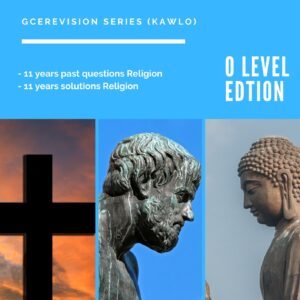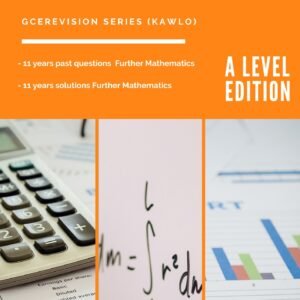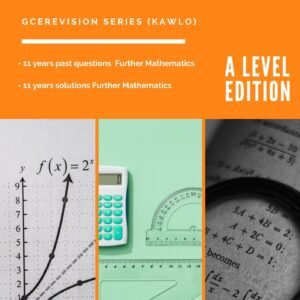EDUCTION (EQUIVALENCE)
Eduction is a form of immediate inference by which from a given proposition accepted as true, we develop other proposition different from it in subject, predicate or in both and whose truth is implied from it.
Types of eduction
There are four types of eduction namely; Conversion, Obversion, Contraposition, and Inversion
- CONVERSION
It is also known as transposition. Here we interchange the position of the subject and predicate. It consists of swapping the subject and the predicate such that the original subject term becomes the predicate and the original predicate becomes the subject.
The original proposition is called the convertend while the new is called the converse. Conversion is either simple or by limitation
Conversion is simple when the quantity of the converse remains the same as that of the convertend. It applies for the E and the I propositions.
Conversion is by limitation when in converting a proposition, the given which is universal becomes particular in the inferred. This is because it is unacceptable to take the predicate term which is undistributed in the convertend to become distributed in the converse. Conversion by limitation is possible only in the A proposition
The O proposition is inconvertible. This is because the subject term which is undistributed will become distributed in the predicate of the converse
Rules of conversion
- Maintain the quantity of the convertend in the converse
- No undistributed term in the convertend should become distributed in the converse
- OBVERSION
This is the process of changing the quality of the proposition substituting a contradictory term for its predicate
Summary of obversion: (A E) and (I O)
Rules of obversion
- Change the quality of the proposition while maintaining the quantity
- Replace the predicate term with its complementary term.
- CONTRAPOSITION
This is the process of inferring an equivalent proposition from a given proposition by interchanging and contradicting its subject and predicate terms
The O and A propositions can be contraposed simply for their contrapositives are A and O respectively. The E proposition is contraposed by limitation for its contrapositive is the O proposition. The I proposition cannot be contraposed for the obverse is the o proposition which cannot be converted. Contraposition consists of obverting, converting and obverting the given proposition (OCO). As such, SP becomes non-P… non-S
- INVERSION
This is the complex process of inferring the proposition from a given, by contradicting the subject and predicate terms. Inversion is possible only with the universal propositions. It is impossible with the particular propositions because of the difficulty in converting the O proposition. The original is called the invertend while the inferred is called the inverse. In order to get the inverse from the invertend one should obvert, convert, obvert and convert (OCOC) again for the A proposition while we convert, obvert, convert and obvert again for the E proposition (COCO) in order to have the SP becoming non-S non-P















Toudji Roland
November 23, 2023
Very nice